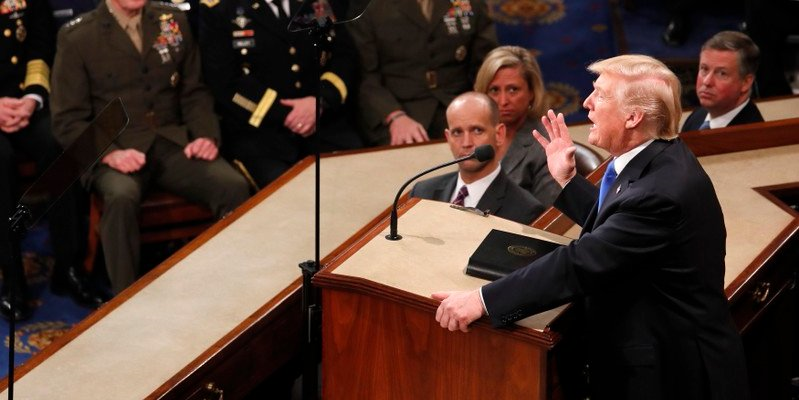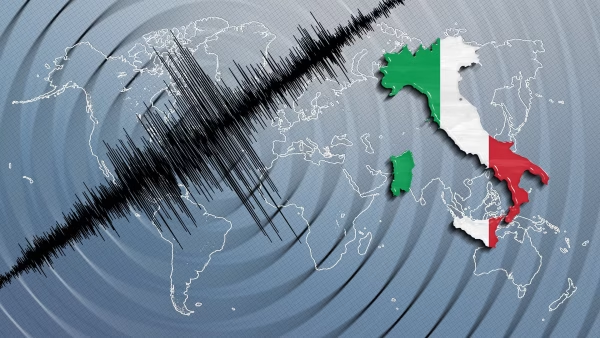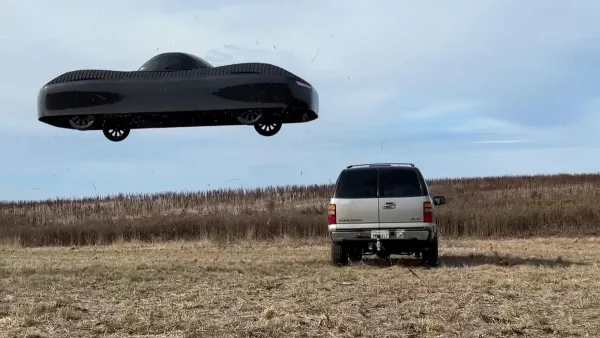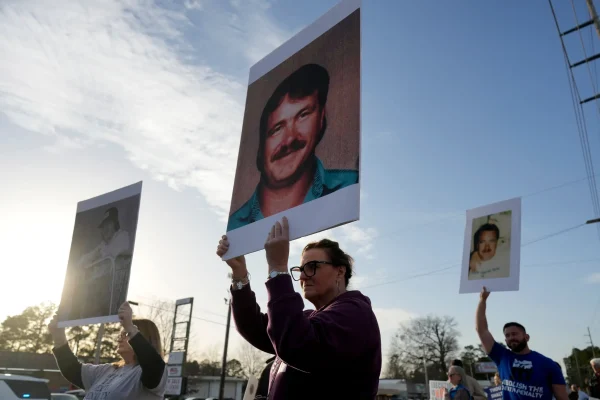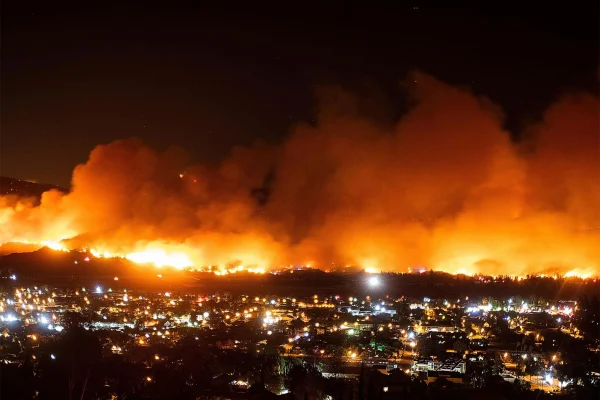President Trump’s First State of the Union
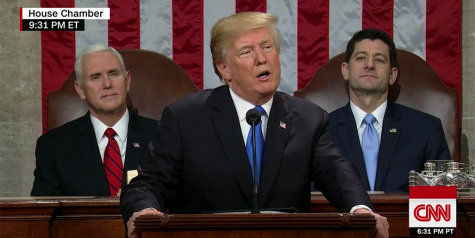 January 30, President Donald J. Trump delivered his first State of the Union address. At 1 hour and 20 minutes, Trump’s speech was the third longest State of the Union in the past fifty years. January 30, President Donald J. Trump delivered his first State of the Union address. At 1 hour and 20 minutes, Trump’s speech was the third longest State of the Union in the past fifty years.
Scattered across the audience were individuals dressed in black, primarily Democrats, to recognize the Me Too movement, which aims to support sexual assault survivors and end sexual violence. The Me Too movement, however, was not the only political idea expressed at Capitol Hill. Some Democrats boycotted the speech. More than ten members of the House of Representatives did not attend. Trump began his speech with an attempt to inspire and motivate the American people through using phrases like, “We have made incredible progress and achieved extraordinary success.” Trump’s focus on unity was demonstrated in several of his statements, for instance, “All of us, together, as one team, one people, and one American family.” He also tried to appeal to the average American. In the first few minutes of his speech he rattled statistics which affirmed the prosperity of the economy through mention of jobs, shrinking unemployment rates, the strong stock market, and tax cuts. Trump also referenced the stories of several citizens in his speech: “We heard tales of Americans like Coast Guard Petty Officer Ashlee Leppert, who is here tonight in the gallery with Melania. Ashlee was aboard one of the first helicopters on the scene in Houston during Hurricane Harvey. Through 18 hours of wind and rain, Ashlee braved live power lines and deep water, to help save more than 40 lives. Thank you, Ashlee,” he said. “We heard about Americans like firefighter David Dahlberg. He is here with us too. David faced down walls of flame to rescue almost 60 children trapped at a California summer camp threatened by wildfires,” he added. Through mentioning citizens such as Leppert and Dahlberg, Trump continued his speech by mentioning more citizens, which helped bring it together. The individuals he recognized began to have increasingly tragic stories. “Here tonight are two fathers and two mothers: Evelyn Rodriguez, Freddy Cuevas, Elizabeth Alvarado, and Robert Mickens. Their two teenage daughters–Kayla Cuevas and Nisa Mickens–were close friends on Long Island. But in September 2016, on the eve of Nisa’s 16th Birthday, neither of them came home. These two precious girls were brutally murdered while walking together in their hometown. Six members of the savage gang MS-13 have been charged with Kayla and Nisa’s murders,” Trump stated. In the powerful retelling of Kayla Cuevas and Nisa Mickens’ murder, the parents sought to hold in tears, but did not succeed. Their crying created a stirring moment for all. Many Democrats argue that the remarks about the MS-13 gang were designed to stereotype immigrants as violent and savage. Democrats also criticized not what Trump mentioned, but what he failed to mention– such as the Me Too movement, the Russia investigation, and Trump’s history of occasional offensive tweets and divisive statements. One moment in particular stood out, especially in the portion of Trump’s speech about foreign affairs, more specifically North Korea. “But no regime has oppressed its own citizens more totally or brutally than the cruel dictatorship in North Korea. North Korea’s reckless pursuit of nuclear missiles could very soon threaten our homeland,” Trump explained. He mentioned Ji Seong-ho, a North Korean defector. Seong-ho’s legs had been amputated in a disastrous train accident, and Trump explained how Seong-ho had escaped North Korea on crutches. In reaction to applause, Seong-ho stood up and raised his crutches; a gripping moment that reflected the power of hope and persistence. Besides the emotional scenes, attempt at unity, and attacks on the North Korean regime, the address did not discuss many new policies, and many Democrats accuse Trump’s speech as being more of a motivation rally than a State of The Union Address. Trump presented this speech differently than how he has approached many of his rallies; he did not veer off script much, if at all. Although he called for bipartisan cooperation, his speech was very much aimed at his base of political supporters. He clarified: “But as President of the United States, my highest loyalty, my greatest compassion, and my constant concern is for America’s children, America’s struggling workers, and America’s forgotten communities.” |


